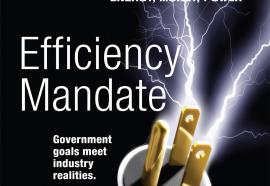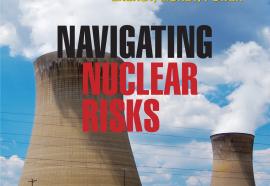Renewable Reality Check
How solar PV could redraw the map for green energy and grid investment.
When Pacific Gas & Electric broke the news six weeks ago that it had signed a deal with Solaren Corp. to buy 200 MW of solar energy from satellites launched into geosynchronous orbit, the idea seemed almost laughable. Solaren’s plan is to catch unobstructed sunlight falling on arrays of photovoltaic solar panels deployed in the crystalline void of outer space, and then to convert the generated electricity into radio-frequency energy for transmission to Solaren’s ground-based receiving station outside Fresno. Welcome to the new renewable reality.











